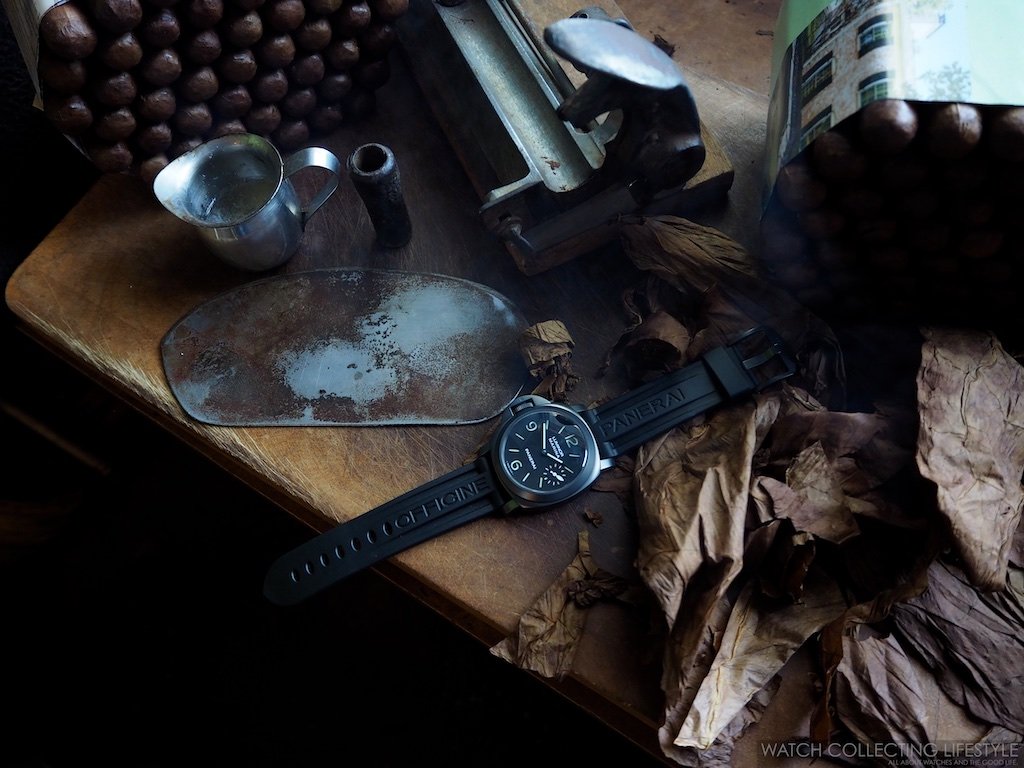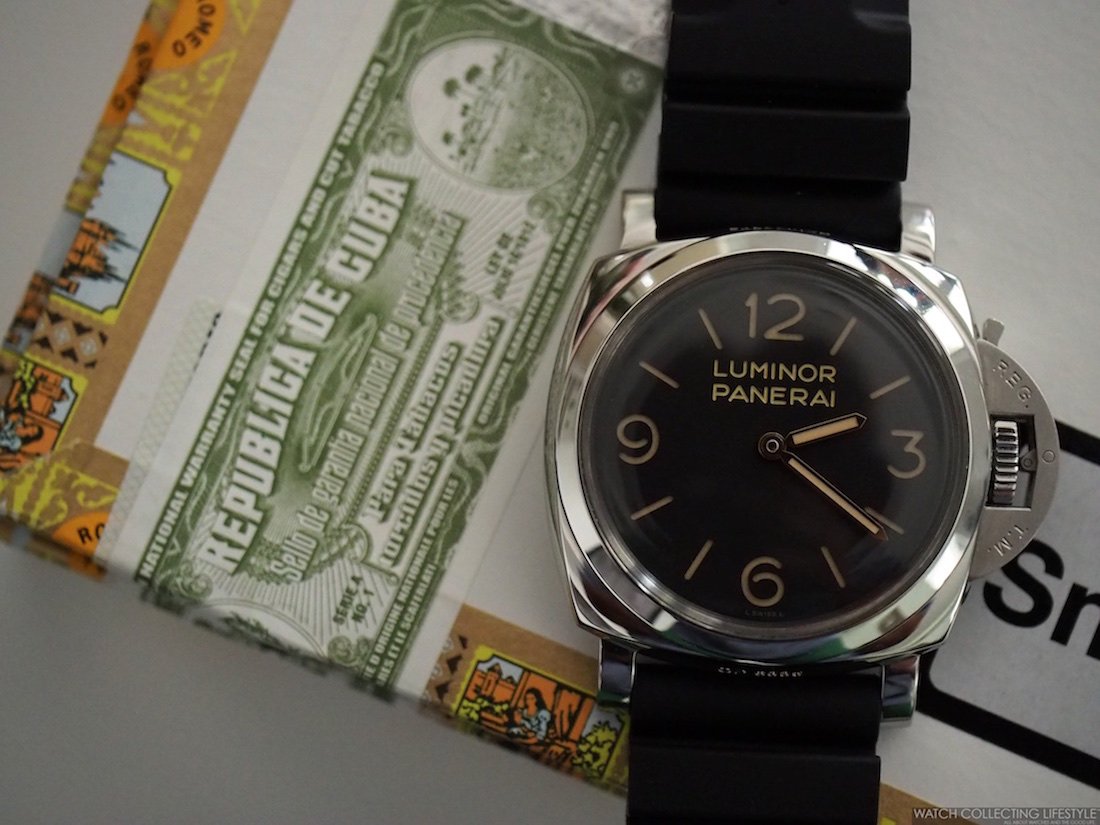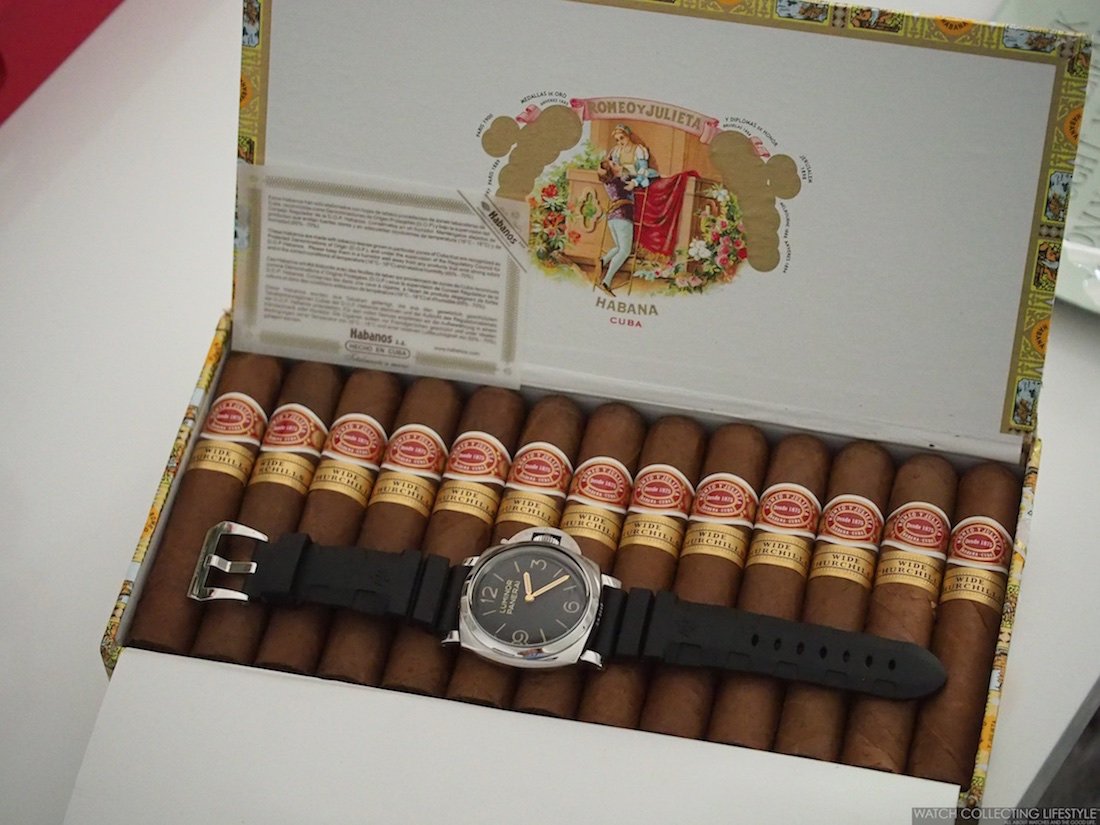Here at WCL, we have paired many Panerai watches with Cuban cigars, and we can’t think of a better way to honor Mr. Angelo Bonati—former CEO of Panerai for 21 years—who passed away yesterday, than with a special post about cigars and one of our favorite old school Panerai watches, the Panerai Luminor Marina PAM 26K 'Destro' and a Panerai Luminor 1950 PAM 372.
In a world increasingly dominated by automation and mass production, there exists a small Caribbean island where human hands still create what many consider to be the finest cigars in the world. The Cuban cigar—or habano—stands as a defiant testament to the power of tradition, craftsmanship, and patience in our fast-paced modern age.
From Seed to Smoke
The journey of a Cuban cigar begins not in the rolling rooms of Havana but in the rich, red soil of the Vuelta Abajo region in the western province of Pinar del Río. Here, tobacco seeds are planted during the mild Cuban winter, beginning a process that has remained largely unchanged for centuries.
The tobacco plant's lifecycle demands exacting care—precise irrigation, protection from harsh sunlight, and vigilant monitoring for pests and disease. After harvesting, the leaves undergo a meticulous curing process in special barns where they slowly transform from bright green to a rich brown as they dry. This initial curing takes approximately 50 days, but it's only the beginning.
Next comes fermentation, where leaves are piled into carefully structured heaps that generate internal heat, breaking down harsh compounds and developing complex flavors. This phase can last months, followed by aging, which for premium leaves might continue for years. By the time a tobacco leaf reaches a roller's table, it has already been the beneficiary of countless hours of human attention.
The Torcedor's Touch
The torcedor—the cigar roller—stands at the heart of Cuban cigar craftsmanship. These artisans train for nine months to master the basics of their craft, but true expertise takes decades to develop. In Havana's factories, they work at small wooden tables with simple tools: a curved knife called a chaveta, a guillotine for cutting, a circular wooden board, and a small pot of vegetable-based adhesive.
The creation of a premium cigar requires between 30 and 500 hand movements, depending on its complexity. The roller begins by arranging the filler tobaccos—the blend of leaves that forms the cigar's core—in a precise configuration that ensures proper burning and flavor delivery. These are then bound together with a binder leaf, forming what's known as the bunch.
The bunch is placed in wooden molds to shape it before the final step: applying the wrapper leaf. This outer covering must be flawless, as even the smallest imperfection would be visible. With astonishing dexterity, the torcedor stretches the delicate wrapper over the bunch and, with swift strokes of the chaveta, trims away excess leaf before finishing the head of the cigar with a small piece cut in a distinctive shape.
More Than Manual Labor
What makes this process remarkable isn't merely its handcrafted nature but the judgment exercised at every step. The tobacco farmer decides precisely when to harvest each leaf. The sorters determine exactly how to classify each leaf based on size, color, and texture. The blender creates recipes that balance strength and flavor. The roller adjusts the technique for each cigar's particular requirements.
This accumulated expertise represents generations of knowledge passed down through families and formal apprenticeships. It's a cultural heritage as much as an industrial process—one that has survived revolution, embargo, and the pressures of globalization.
Yet the Cuban cigar industry persists in its traditional methods, preserving not just a product but a cultural practice that connects modern smokers to centuries of history. Each handmade cigar serves as a time capsule of sorts—a tactile link to pre-industrial craftsmanship in our digital age.
Perhaps what the Cuban cigar offers us most is a lesson in patience. In an era of instant gratification, the habano reminds us that some pleasures cannot be rushed. From the years it takes to grow, cure, and age the tobacco to the hours spent rolling each cigar to the unhurried time required to properly enjoy the final product—every step defies our modern obsession with speed and efficiency.
The next time you see a hand-rolled Cuban cigar, recognize it for what it truly is: not merely a luxury product, but a small ambassador of a philosophy that values human skill over mechanical precision, tradition over innovation for its own sake, and above all, the belief that sometimes, the longest path is the one most worth taking.

























